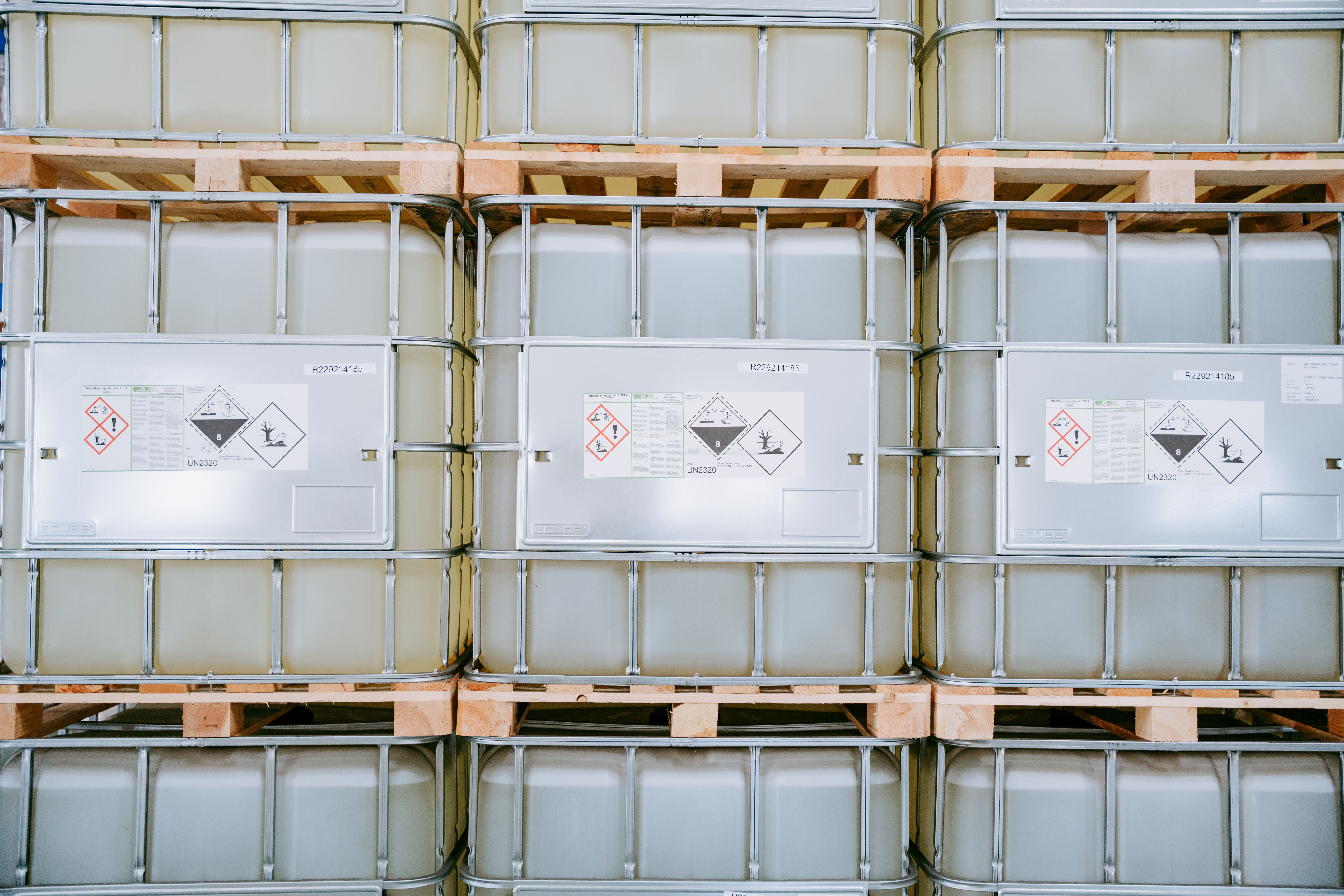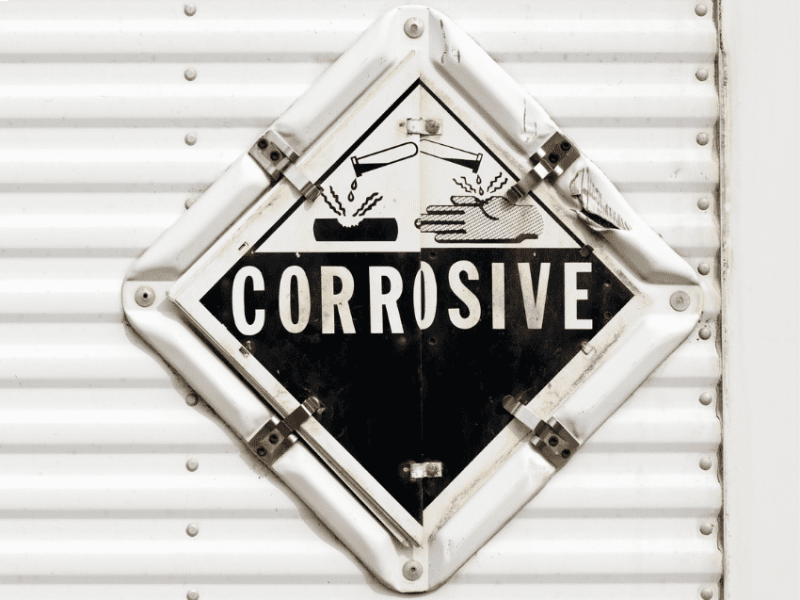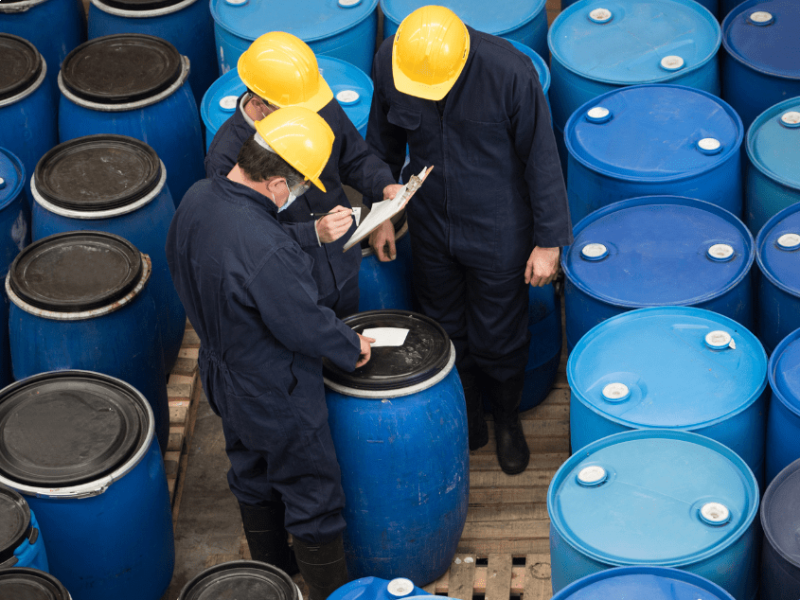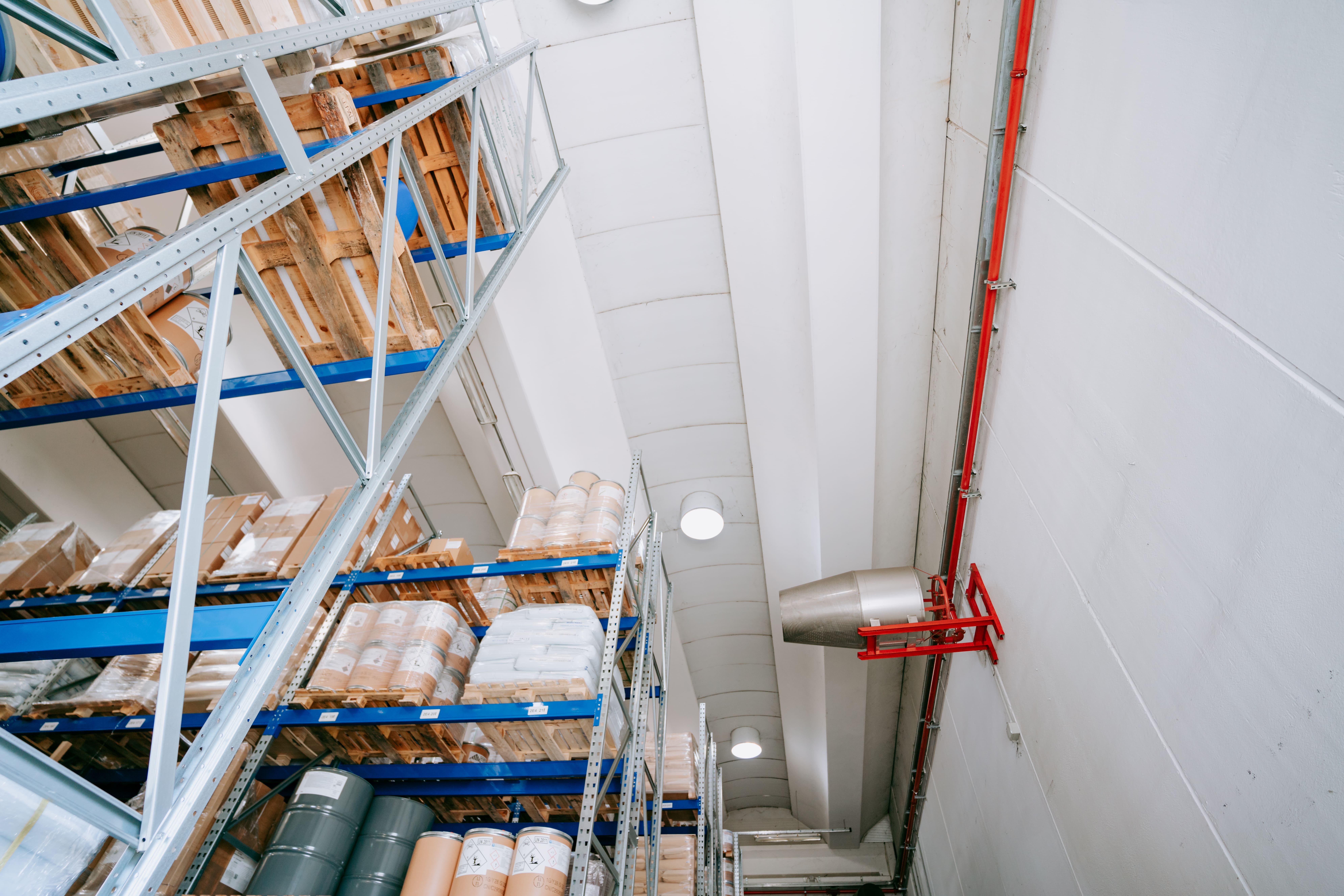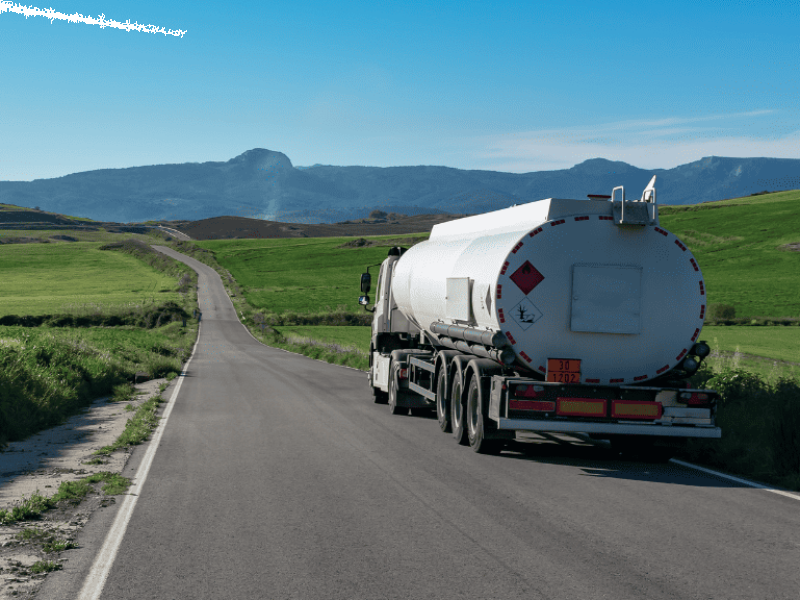Labelling of hazardous chemicals: the CLP regulation.
The labelling of dangerous goods is much more than a bureaucratic formality as it provides crucial information for the safe and responsible handling of chemicals.
To work safely, employees need to know the hazard characteristics of the chemicals they come into contact with: this is done by reading the label on the containers and the Safety Data Sheet (SDS).
The CLP Regulation - Classification, Labelling and Packaging
The classification of dangerous goods is governed by European Regulation No. 1272/2008 (CLP - Classification, Labelling and Packaging), which came into force in 2009 and was subsequently updated. The regulation is based on the Globally Harmonised System (GHS), an international system for the classification and labelling of chemicals, and aims to standardise labelling across Europe.
The CLP regulation therefore establishes strict criteria for the classification of chemicals according to the risks they pose to human health and the environment. This ensures that labels accurately reflect the real hazards, enabling people to take appropriate precautions when handling or coming into contact with such substances.
Today, under the CLP regulation, packaging containing substances or mixtures must be labelled when:
- the substance is classified as hazardous;
- the mixture contains one or more substances classified as dangerous goods above certain thresholds.
What the labelling of hazardous chemicals is for
Hazardous chemicals labelling, which is placed on product wrappings and packaging, is used to know the hazardousness of the substance. The label provides detailed information on the chemical composition, associated hazards and necessary precautions, enabling anyone handling the product to do so safely.
Labelling is used to:
- clearly and unambiguously identify the contents of a container or packaging, to ensure that anyone coming into contact with the product is aware of the potential dangers;
- communicate in emergency situations, in the event of an accident, fire or spill, labels provide emergency responders with the essential information they need to deal with the situation appropriately, reducing the risk of serious harm;
- regulatory compliance, as national and international regulations require hazardous chemicals to be labelled specifically and according to standards.
The characteristics of the label and the information on it
The hazardous chemicals label must be firmly affixed to the surface of the packaging, it must be horizontally readable and the information it contains must be easily legible and indelible.
According to the regulations, the label must contain
- product identification, i.e. name and identification number;
- the name, address and telephone number of the supplier;
- the nominal quantity of a substance or mixture contained in the packaging;
- hazard pictograms, H-phrases (risk phrases), P-phrases (precautionary statements);
- additional information, if necessary, such as transport or disposal information.
It is important to carefully check the labelling of hazardous chemicals in order to know what to do and be aware of the risks involved in handling the product.
The 'H phrases' and 'P phrases': what do they stand for?
H-phrases (Hazard Statements) and P-phrases (Precautionary Statements) are key components of the labelling of hazardous chemicals and are used to communicate information on hazards and associated precautions.
H-phrases are hazard statements that provide information about the dangerous characteristics of a chemical substance or product. These phrases describe the specific hazards associated with the substance and its potential uses. H-phrases consist of a numerical code preceded by the letter 'H' (e.g. H302), and each phrase is associated with a particular hazard. For example H302: Harmful if swallowed, H226: Flammable liquid and vapour, H315: Causes skin irritation, H370: Causes damage to organs.
P-phrases, on the other hand, provide advice and safety measures to prevent or reduce hazards associated with the use of a chemical. They are designed to guide employees on how to handle, store, dispose of and protect themselves when using the product. P phrases consist of a letter 'P' followed by a numerical code (e.g. P102) and are often followed by text.
For example: P102: Keep out of reach of children, P280: Wear protective gloves/protective clothing/eye/face protection, P410: Protect from sunlight.
For any information on the safe handling of dangerous goods and compliance in the labelling of hazardous chemicals, contact Corsini, a company specialising in the transport and storage of chemicals.
News.
STAY UP TO DATE ON HAZARDOUS GOODS AND THE CHEMICAL SECTOR
The world of hazardous goods transportation is constantly evolving, as are the regulations affecting the shipment and logistics of hazardous substances and chemicals. Stay up-to-date with our industry articles.

 Registered office: Viale Etiopia, 5 - 20146 Milano (MI)
Registered office: Viale Etiopia, 5 - 20146 Milano (MI)






